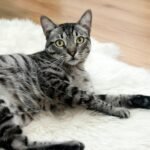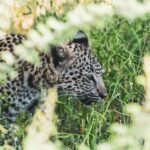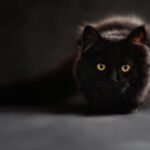You’ve probably heard cats described as low-maintenance pets compared to dogs, but that isn’t entirely accurate. While many felines are relatively independent, certain breeds demand significant time, attention, and special care from their humans. These high-maintenance companions can steal your heart with their stunning appearances and unique personalities, though they come with specific grooming, health, and social requirements that busy pet owners might find challenging.
Whether it’s daily brushing sessions, specialized diets, or constant companionship needs, these particular breeds require dedication beyond the typical feeding and litter box maintenance. Let’s explore twelve popular cat breeds that, while absolutely wonderful, will keep you quite busy as their devoted caretaker.
Persian Cat – The Ultimate Grooming Challenge
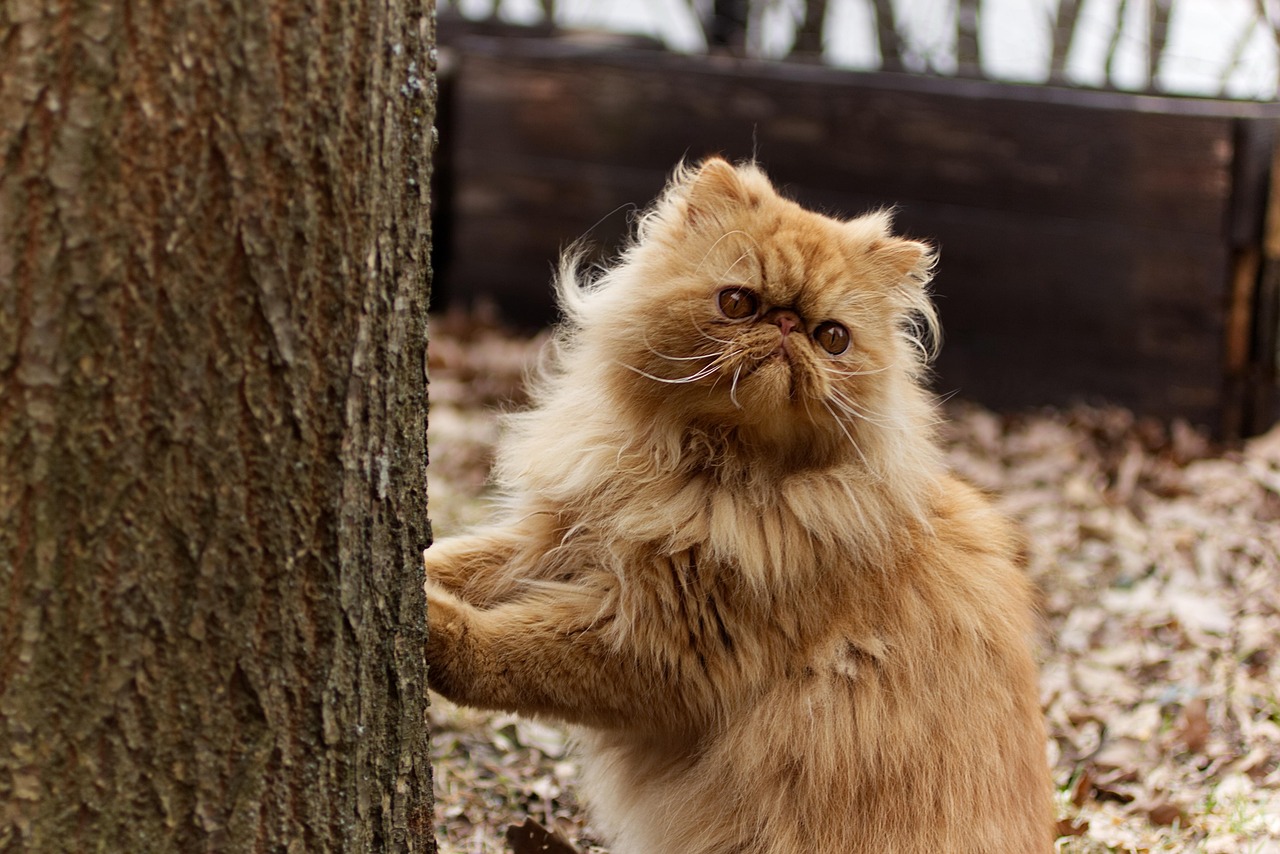
The Persian cat breed is synonymous with a luxurious long coat that demands daily grooming to prevent mats and tangles. Their facial structure can lead to tear staining and necessitates regular cleaning. These gentle giants with their flat, doll-like faces require more grooming attention than almost any other breed.
You’ll need to invest in quality brushes and dedicate at least thirty minutes daily to maintaining their silky coat. Like many long-haired cat breeds, Persians do need bathing, so it’s recommended to get your feline accustomed to water at an early age. Without meticulous care, Persian coats can easily become tangled, requiring professional grooming or veterinary intervention.
Sphynx Cat – Skin Care Intensive Maintenance
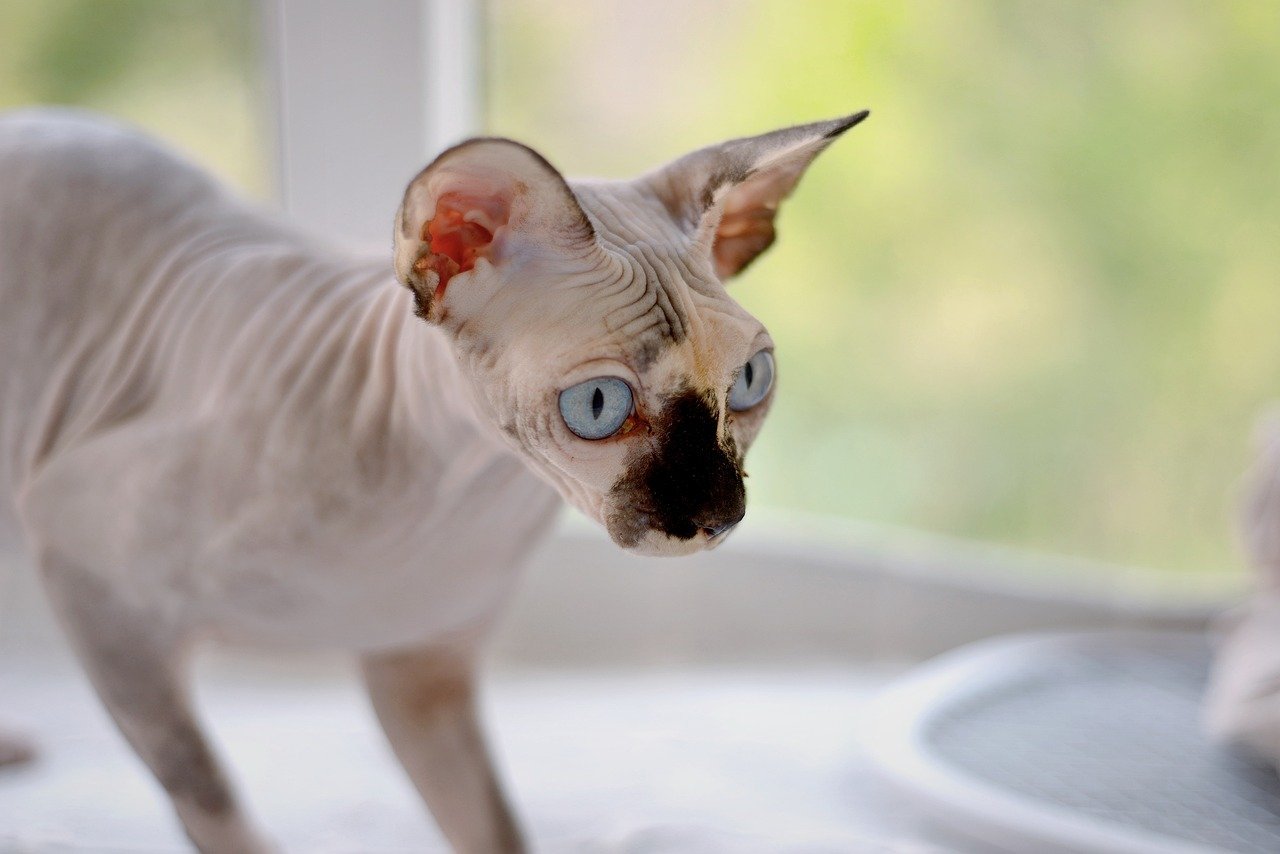
Unlike their furry counterparts, Sphynx cats lack a coat to absorb oils, requiring frequent bathing to maintain healthy skin. They have a fine peach-fuzz coat that doesn’t absorb natural oils, necessitating regular baths – usually weekly – to prevent skin oil buildup and infections. This unusual grooming routine sets them apart from traditional cat care.
Their skin is sensitive to temperature extremes, requiring protection from cold drafts indoors and sunblock outdoors in summer. Sphynxes are prone to hypertrophic cardiomyopathy (a thickening of the heart muscle), and a neurological disease called hereditary myopathy, which affects the muscles (including the ability to swallow). Sphynx cats are also prone to some skin conditions, as well as to periodontal disease.
Maine Coon – The Gentle Giant’s Grooming Needs
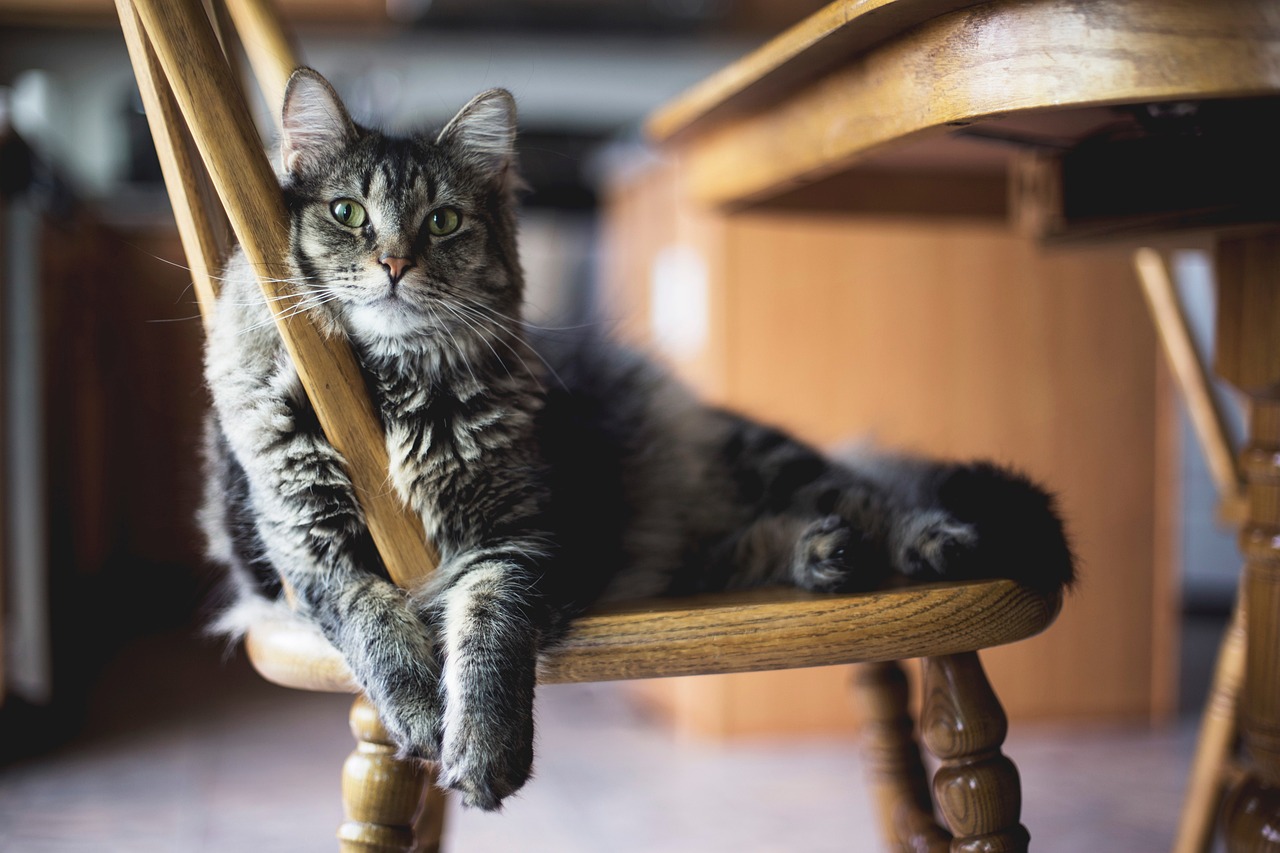
Maine Coons are one of the largest domesticated cat breeds, known for their thick fur coats and tufted ears that require regular grooming. They engage in moderate to high levels of activity and have a sociable nature, making interactive play a crucial part of their care. These magnificent cats need consistent attention to prevent matting in their dense double coats.
For example, Siamese and Maine Coon cats are highly social and enjoy interactive play, while breeds like the British Shorthair are more reserved. You’ll find yourself spending considerable time not just on grooming, but also engaging in interactive sessions to keep these intelligent cats mentally stimulated and physically active.
Himalayan Cat – Persian’s High-Maintenance Cousin
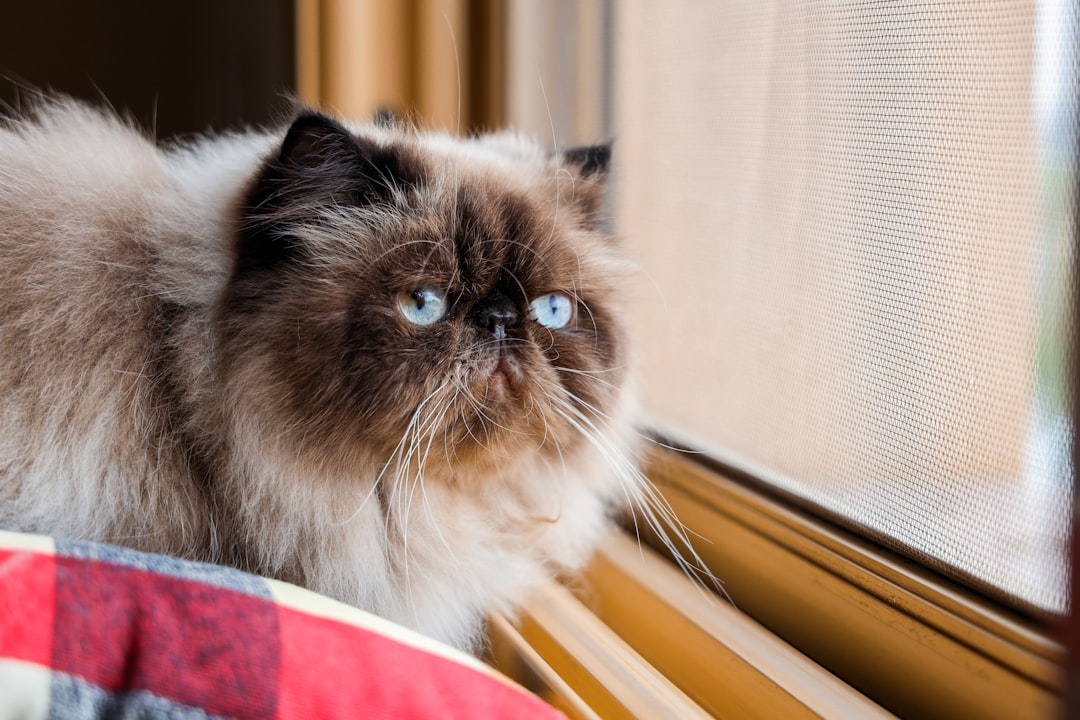
A cross between Persian and Siamese, Himalayans inherit the long, dense coat of the Persian, necessitating daily grooming. They share the brachycephalic facial structure of Persians, often resulting in similar maintenance for facial hygiene. This popular pet requires daily grooming as the short, dense undercoat and long, luscious top coat can easily mat – they’re heavy shedders, too.
A brachycephalic breed, Himalayans can be prone to breathing difficulties that need careful management, as well as misaligned teeth and eye conditions. Like their Persian relatives, you’ll need to monitor their breathing, clean their eyes regularly, and maintain their stunning coat with dedicated daily grooming sessions.
Siamese Cat – The Attention-Seeking Social Butterfly

Siamese cats are known for their vocal personalities and social nature. They possess short coats that are low maintenance in terms of grooming, but their active and social disposition means they require substantial interaction and playtime to stay content. Siamese cats are highly vocal and crave constant interaction, following their owners around and often “chatting” loudly. These cats are not happy when left alone for extended periods and can become anxious or demanding.
Mental stimulation and companionship are vital to their wellbeing. Consider adopting two Siamese cats if your schedule involves long periods away, to provide them company. Their demanding social nature means you’ll constantly hear their opinions about everything happening in your household.
Bengal Cat – The Wild Energy Powerhouse
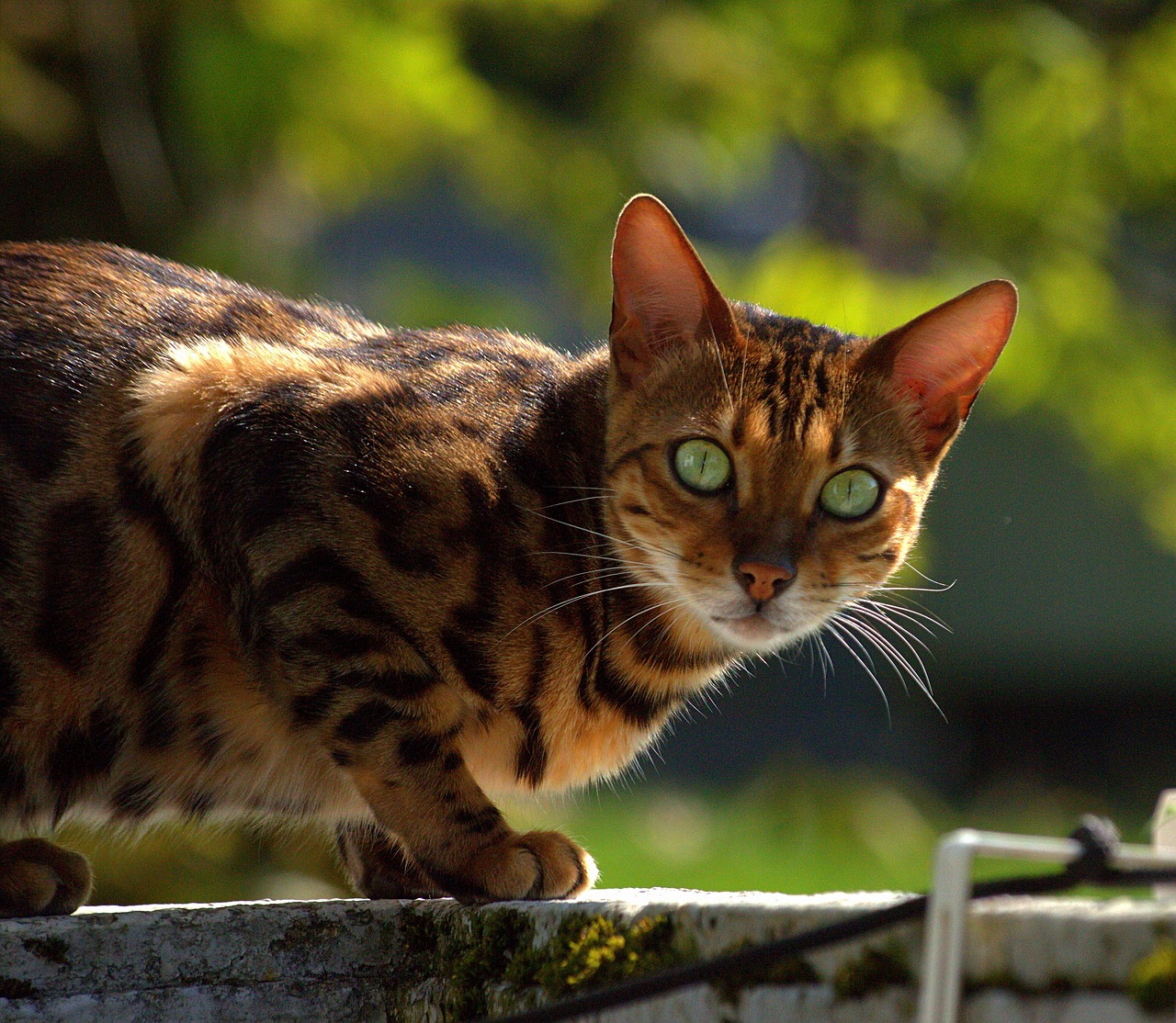
Bengals are highly active and intelligent, often requiring more mental stimulation and physical exercise than other breeds. Exuberant personality aside, Bengals are generally healthy and require only weekly grooming. However, their incredible energy levels and intelligence make them emotionally demanding companions.
You’ll need to provide extensive mental stimulation through puzzle toys, climbing structures, and interactive play sessions. Their short coat is low shedding but occasional grooming helps with the removal of excess hair and skin oils. These cats can become destructive when bored, making consistent engagement absolutely essential for their wellbeing.
Ragdoll Cat – The Gentle Giant Requiring Companionship
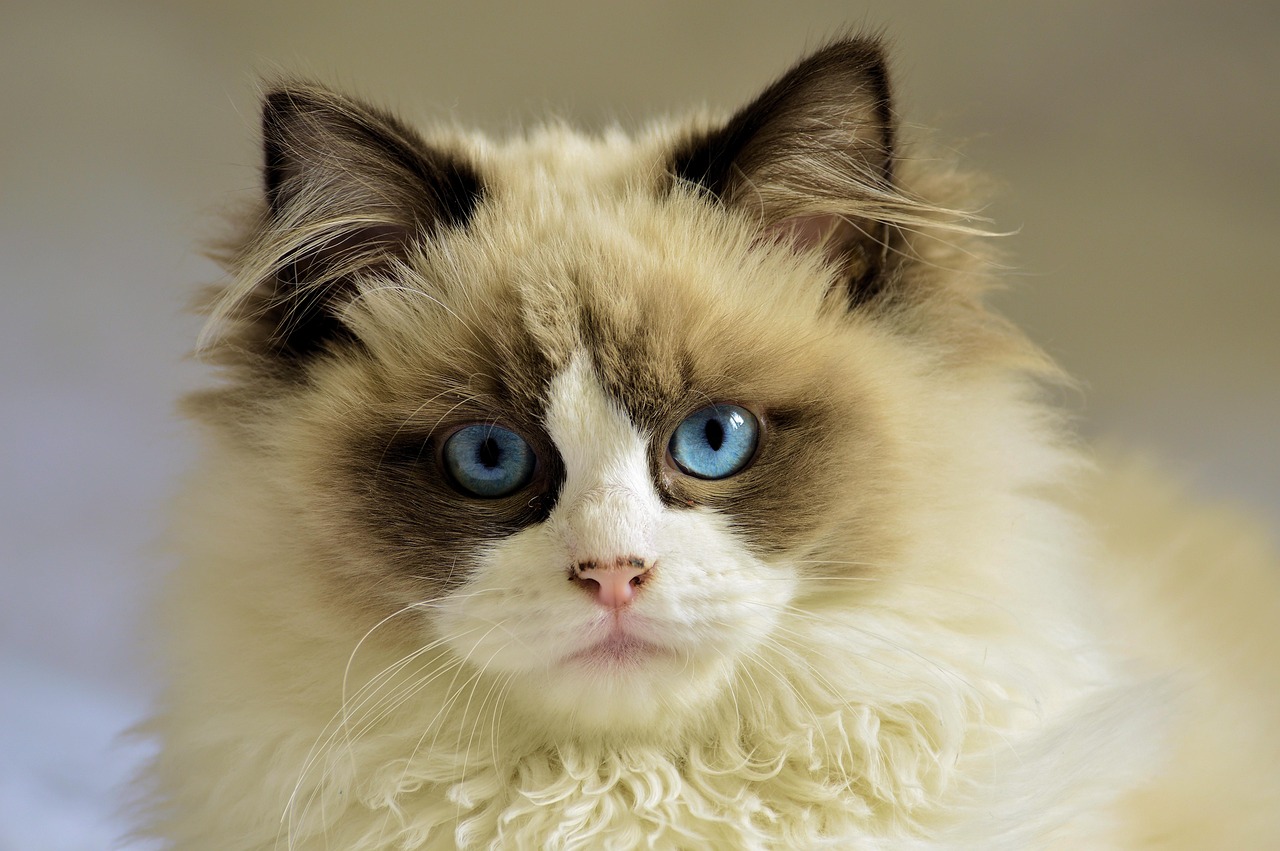
Their semi-long coats need regular grooming multiple times a week to reduce shedding and prevent mats, though this is less demanding than a Persian’s grooming routine. Ragdolls tend to be very attached to their owners and often prefer indoor living due to their low awareness of road dangers. Brush your Ragdoll at least 2-3 times per week, though daily brushing is ideal during shedding seasons. Use a combination of a steel comb and soft brush for best results.
They require consistent affection and benefit greatly from interactive play and mental stimulation. Their trusting nature means they depend heavily on their owners for attention and care. These docile cats form incredibly strong bonds with their families but need regular grooming and constant companionship to thrive.
Turkish Angora – The Intelligent Performer

An active, playful feline, the Turkish Angora is sometimes called a ballerina among cats due to her gracefulness. One of the most extroverted cat breeds, she loves being the center of attention and enjoys entertaining her human companions. Angoras are intelligent athletes, and are top performers in agility. The coat of the Turkish Angora needs regular brushing, typically 2-3 times per week.
They do not like to be left alone and can become easily stressed if they are on their own for long periods of time. While Turkish Angoras are a moderate-shedding breed, but their coats do not mat as easily as other longhair breeds, and are easy to groom. Weekly combing, and perhaps a bath every couple of months for white or light-colored Angoras, is all that’s needed to keep them looking show-ring ready.
Scottish Fold – The Adorable Health Challenge
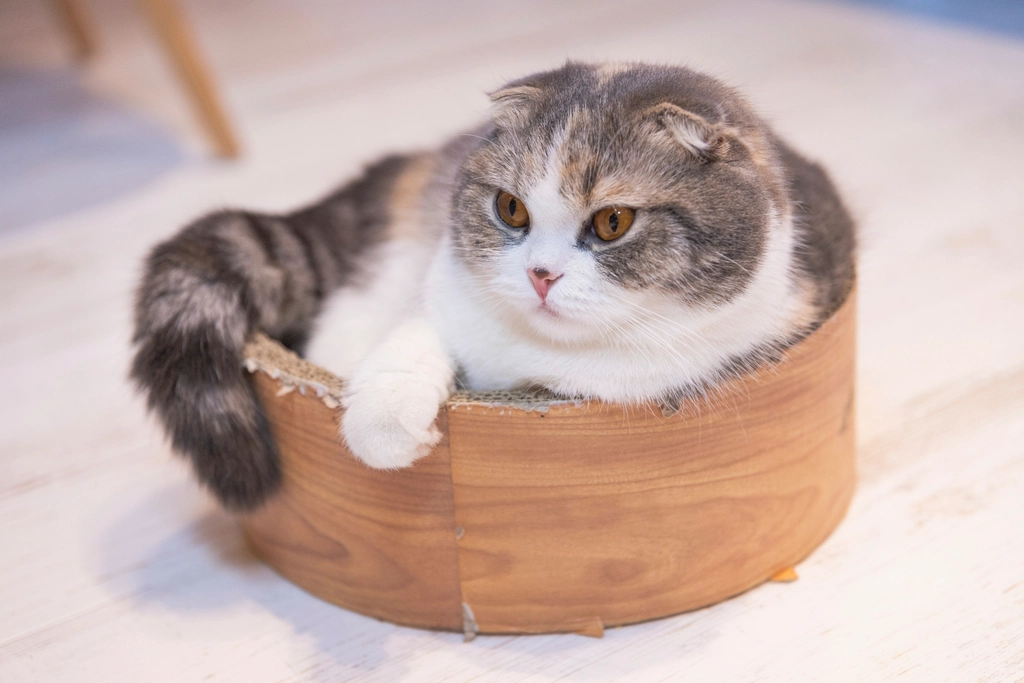
While adorable in appearance, some argue the squashed ears of the Scottish Fold are problematic as they may prevent the cats from cleaning themselves effectively. Unfortunately, the Scottish Fold is also prone to a number of health issues. The genetic defect that causes the ears to fold affects the cartilage and the joints throughout the kitty’s body. As such, Scottish Folds are at high risk of extreme arthritis, which must be carefully managed to reduce pain or discomfort.
You’ll need to provide extra ear care since their folded ears can trap dirt and moisture. Regular veterinary monitoring becomes essential due to their predisposition to joint problems throughout their lives. Personality-wise, Scottish Folds are quiet, sweet cats who are comfortable in most home environments.
Chausie Cat – The Wild Energy Dynamo

The chausie has a cougar-like appearance, with a lean, athletic build and angular, noble features. While usually in good health, the chausie’s need for exercise, play, and mental stimulation makes them a high-maintenance cat breed. They need plenty of toys and climbing opportunities and shouldn’t ever be unsupervised. They are generally friendly but like their space too – their unpredictability makes them unsuitable for families.
Free access outdoors should never be allowed! They don’t need much grooming and are generally in good health, but these are their only easy care points! These cats demand extensive environmental enrichment and constant supervision, making them unsuitable for typical household routines.
Selkirk Rex – The Curly-Coated Charmer
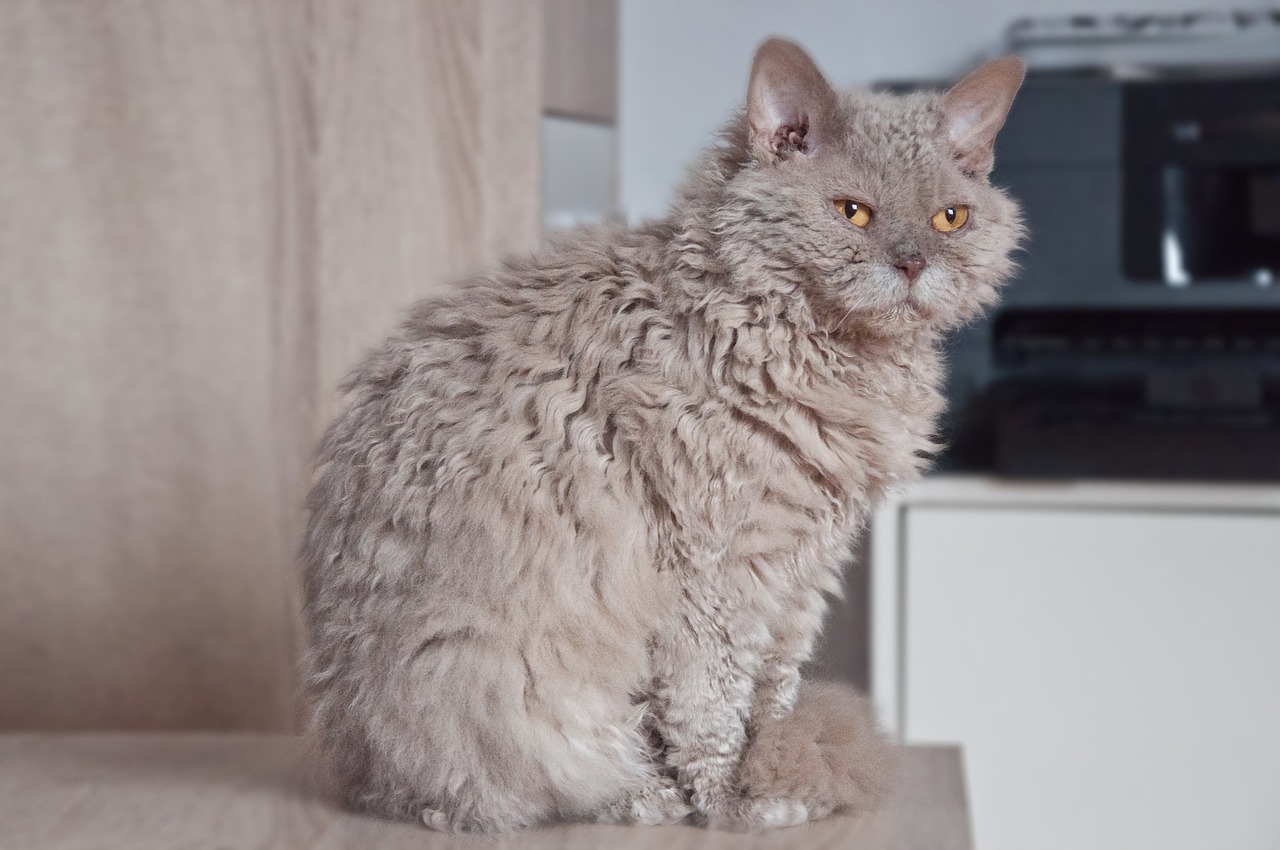
Brushing your Selkirk Rex about twice a week will reduce loose hair around the house and prevent knots and matting. If you notice their curls are loosening or frizzing out, you may be grooming your Selkirk Rex too much. Rex cats may accumulate oil on their skin, causing skin problems. Most cats seldom need baths, but Selkirks may need occasional baths to keep the hair from becoming too oily.
She’s a loving, very affectionate cat that tends to require attention. Although she’s not overly persistent or demanding, she may follow her pet parent around the house until she gets what she wants. Their unique curly coats require special grooming techniques to maintain the texture while preventing matting.
Munchkin Cat – The Short-Legged Sweetheart
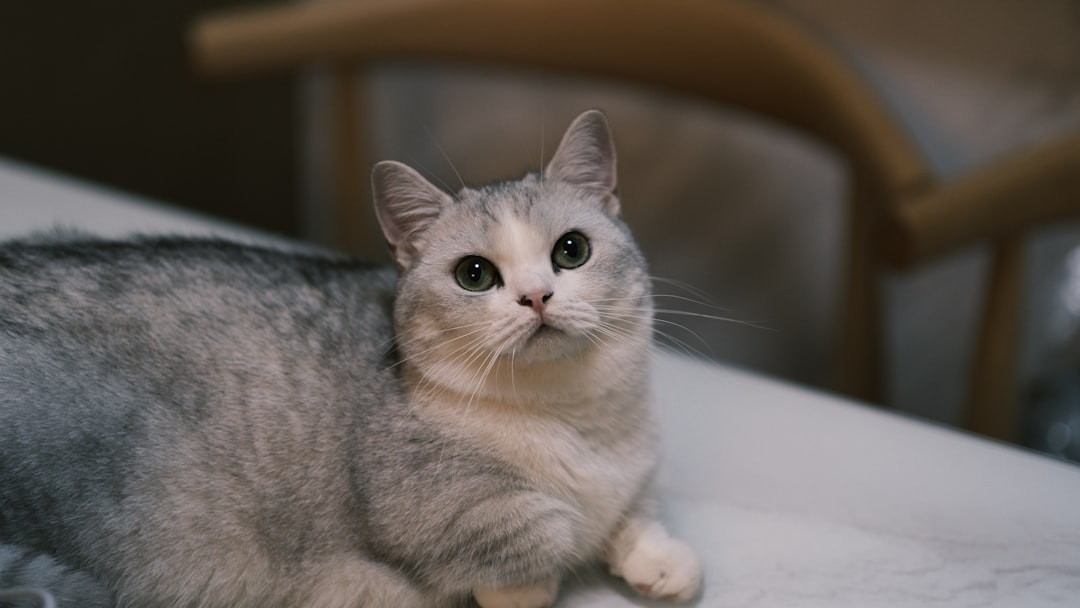
As the name implies, Munchkins are known for their small stature and short legs. Interestingly, this newer breed has relatively few congenital health problems. There are, however, a few cautions. Because of their short legs, Munchkins don’t jump as well as other cats, so you’ll have to lift them to and from chairs and beds to help avoid injury.
You’ll need to create a special environment accommodating their physical limitations, including lower furniture and easier access to their favorite spots. While they don’t require extensive grooming, their mobility needs make them dependent on their humans for assistance with daily activities that other cats manage independently.
Conclusion
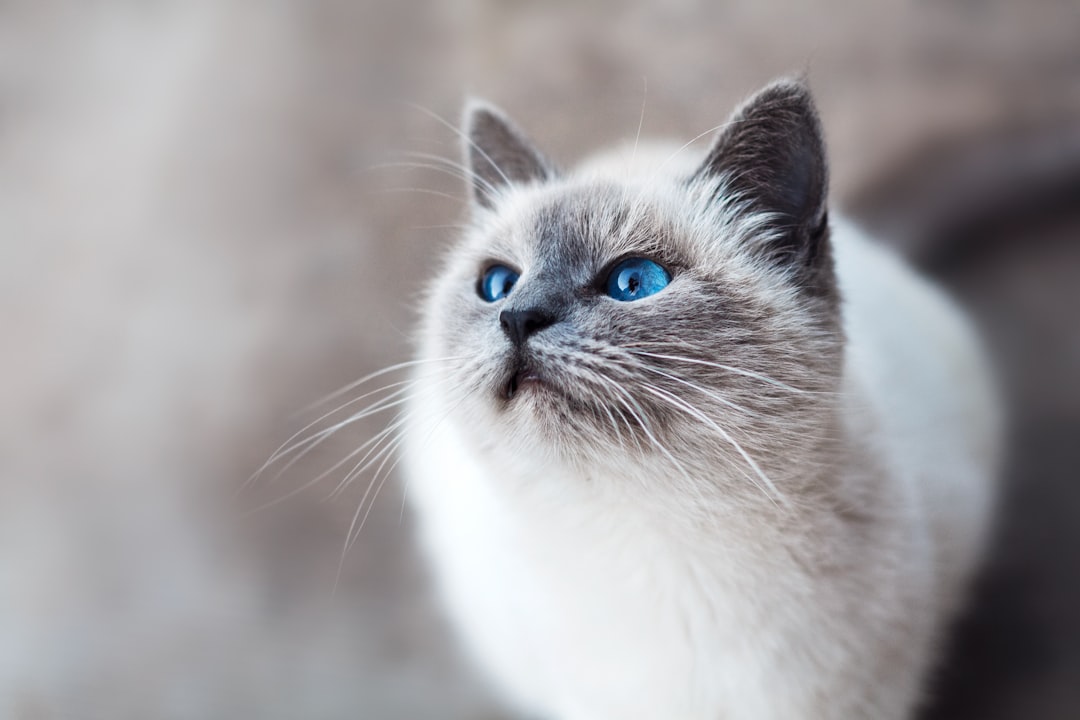
Owning any of these high-maintenance cat breeds can be incredibly rewarding, though it requires significant commitment in terms of time, energy, and resources. From the daily grooming marathons required by Persians and Himalayans to the constant companionship needs of Siamese and Ragdolls, these breeds offer unique joys alongside their demanding care requirements.
Before choosing one of these beautiful cats, honestly evaluate your lifestyle and available time. The investment in proper care, grooming, and attention will be substantial, but the bond you’ll form with these special felines often makes every minute worthwhile. What do you think about these demanding yet delightful breeds? Tell us in the comments which one has captured your heart.


